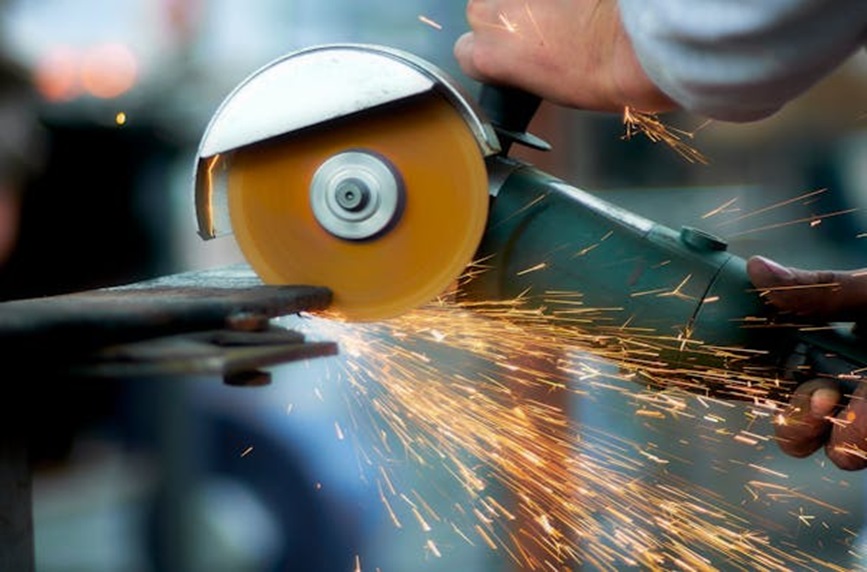
Choosing the appropriate grinding medium in any industrial milling process is a strategic as well as a technical choice. Choosing the kind of industrial milling media you use directly impacts production, product quality, and overall cost efficiency whether you are polishing components, processing materials for a catalyst bed, or disintegrating minerals.
How then can one make sure their choice is right?
Let’s go over the main criteria to keep in mind while picking the appropriate grinding medium for your particular milling technique.
Know the Function of Grinding Media
The substances employed inside a mill to crush, grind, or combine other materials are grinding media. Different shapes and materials of this media are designed for particular kinds of milling. Poorly selected tumbling media can damage equipment, lower efficiency, and cause erratic results.
Stainless steel tumbling media, for example, is a favorite choice in applications where both performance and durability are important because of its strength, corrosion resistance, and ability to keep form under prolonged use.
Align media with your milling objectives
Different sectors have different milling requirements. Polishing metal parts, preparing compounds for a catalyst bed, or refining powders for industrial use?
- Hard substances like stainless steel tumbling media are best for aggressive grinding. Under stress, they remain robust and give continuous milling over time.
- Softer tumbling media like plastic or ceramics may function better for mild polishing or surface treatment, providing smoother results with less part damage risk.
- For chemical or catalyst reactions, you will want media that does not contaminate or obstruct chemical processes while operating with a catalyst bed. Stainless steel or certain ceramics, which are inert and cleanable, are preferable.
Think about Media Shape and Size
The efficiency and evenness of the milling operation are affected by the size and shape of your industrial milling medium.
- Better for fine grinding, smaller media provide more contact points with the substance.
- Breaking down big particles calls for bigger media.
- While angular or irregular forms might enhance cutting or blending action in certain applications, spherical forms provide regular milling.
Testing and balancing these elements according to your equipment and objectives will help you to get unique results not one-size- fits all.
Expense Efficiency and Durability
Stainless steel tumbling media, albeit frequently more expensive up front, lasts considerably longer and delivers more consistently than less costly substitutes, therefore balances beginning cost with long-run worth. This makes it a wise option for precision or high-volume milling processes.
Reusable media also helps to lower operational expenses throughout time by lowering garbage and minimizing replacement downtime to maintain consistent output.
Conclusion
Picking the appropriate grinding media can either destroy or improve your milling process. Understanding your objectives, matching media material to your needs, and taking durability into account will help you to not only increase performance but also prolong the life of your equipment.
Your choice counts whether you are preparing components with tumbling media, polishing parts, or using heavy-duty industrial milling media for exact work, or whether you are cleaning materials for a catalyst bed.
If unsure, speak with a media expert or try a few kinds to see what works best for you. Recall that milling efficiency begins with the right media in motion.


